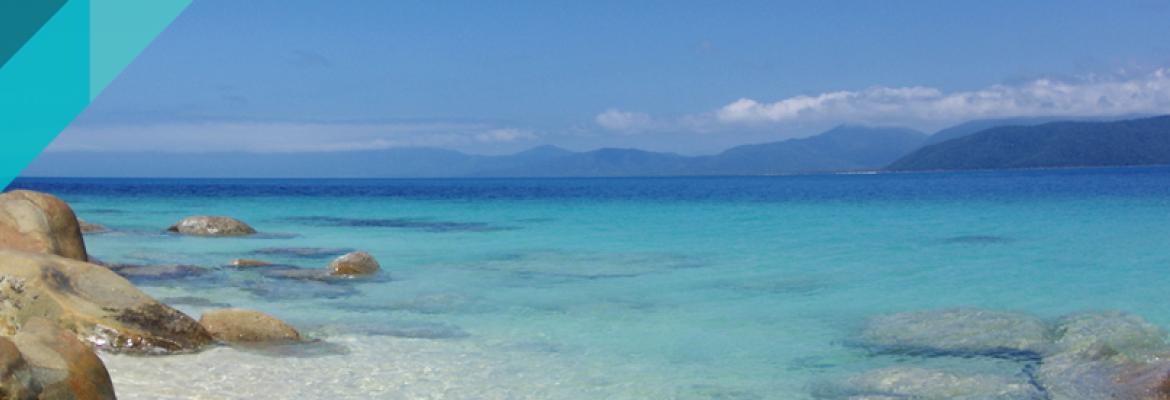
In this issue
Save the date SPILLCON 2019
Book your discounted early bird tickets to attend Spillcon 2019 in Perth from 20 to 24 May 2019.
Read more
Global low sulphur fuel transition
From 1 January 2020, all ships and vessels will be required to use fuel that contains a maximum of 0.5% m/m sulphur – a reduction from the current limit of 3.5%, which has been in effect since 2012. If you wish to be involved in the consultation, please email imoenvironment@amsa.gov.au.
Read more
Exercises, workshops and training
A number of exercises, training and workshops were conducted throughout the reporting period. For a full overview of the workshops, click on links.
• Training for major oil spill on the Great Barrier Reef – May 2017
• Exercise Ningaloo Challenge – September 2017
• Salvage and wreck workshop – November 2017
• Marine pollution response training – November/December 2017
• Exercise Constant Bearing – December 2017
• Hazardous and noxious substance (HNS) Training – 2018
• PACPLAN workshop – June 2018
• Complex maritime emergencies workshop – June 2018
• Environment, Science and Technical Network Workshop – August 2018
Equipment
Stockpile equipment
AMSA maintains nine strategic equipment stockpiles of marine pollution response equipment around the Australian coastline. Stocks of dispersant are stored there, as well as at other key locations. Read the overview of recently acquired equipment.
Fixed Wing Aerial Dispersant Capability (FWADC)
AMSA manages the Fixed Wing Aerial Dispersant Capability (FWADC) on behalf of National Plan stakeholders. The FWADC was developed in conjunction with and is jointly funded by the Australian Marine Oil Spill Centre (AMOSC). Read more.
Using drones for shoreline response
During the reporting period AMOSC acquired drone systems to use as part of shoreline deployments, where access to remote beaches are difficult and/or dangerous. Aerial camera footage has also increased the scope and development of shoreline tactical response plans. These systems have proven to be a game changing piece of equipment.
Updated supporting documentation
AMSA and MSQ sign REEFVTS Strategic Plan
In May 2017, AMSA’s Chief Executive Officer, Mick Kinley and the Queensland Department of Transport and Mains Road Director-General, Neil Scales, signed an updated Reef Vessel Traffic Service (REEFVTS) Strategic Plan. Read the plan overview.
NOPSEMA and Offshore publications
During the reporting period National Offshore Petroleum Safety and Environmental Management Authority (NOPSEMA) has published and updated several policies, guidance notes and information papers relating to the preparation of environment plans and oil pollution emergency plans. Read more.
Welcome to Australia video is now available
Australia implements a range of standards and regulations to protect the marine environment from pollution. ‘Welcome to Australia’ aims to educate international seafarers and shipping companies about their environmental responsibilities in Australian waters.
The video is available in a range of languages. Please feel free to share with your stakeholders. If you would like to feature the video on your website, please contact us.
View the video
Float-free EPIRBs
From 1 January 2021, float-free emergency position indicating radio beacons (EPIRBs) will be mandatory on certain types of domestic commercial vessels.
Read more
We welcome...
AMOSC welcomes new team member, Matthew (Matt) Breen.
2018–19 Training calendar
View the list of upcoming National Plan training.